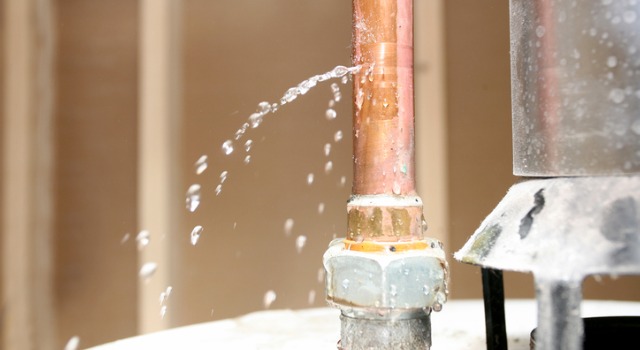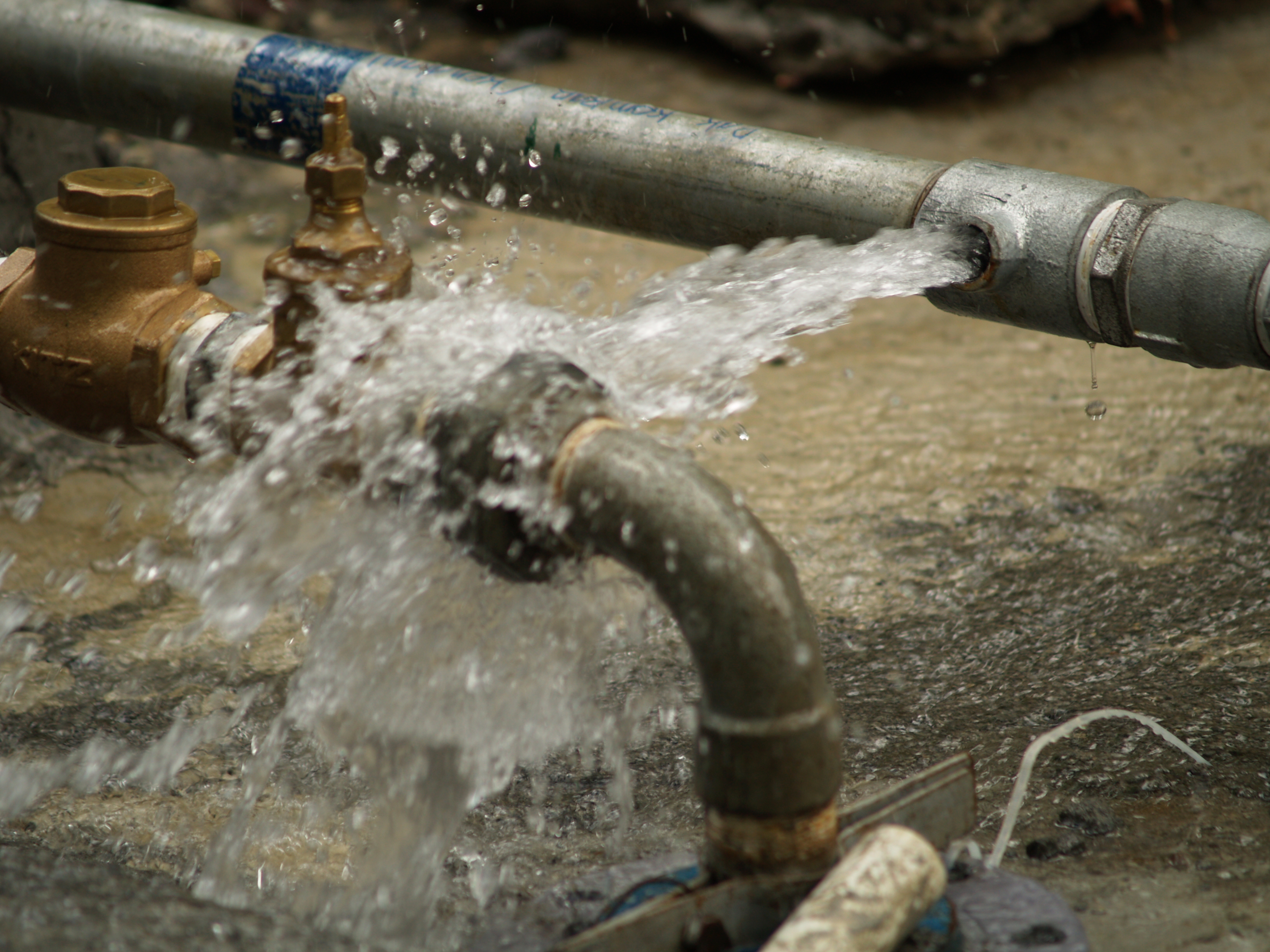Quick Guide: Identifying and Repairing Ruptured Pipes in Your Home
Quick Guide: Identifying and Repairing Ruptured Pipes in Your Home
Blog Article
Are you currently trying to find suggestions on How to Install and Connect a New Dishwasher?

A burst pipe is a significant emergency; you can only stand as you enjoy water you pay a lot to reunite with the planet. In even worse cases, you observe a swimming pool on your kitchen flooring, which is a great trip danger, especially if you have kids around. If the pipeline that burst remained in your wall surfaces, bad news: you may require to paint that entire section.
Just how can a calamity like a burst pipe be stopped and also taken care of? Well, by listening to your professional emergency plumbing technicians and also adhering to these rules.
Exactly how do I recognize when my pipelines have burst?
Varying water stress
Pipelines do not simply burst in a day. You may have discovered that your kitchen area faucet or shower does not run quickly when you turn the faucet. It may stop briefly for a couple of secs and afterwards blast you with even more pressure than usual.
In other instances, the water may seem typical in the beginning, after that decrease in stress after a few seconds.
Wet walls as well as water spots
Before a pipeline ruptureds, it will certainly leakage, the majority of times. If this relentless dripping goes undetected, the leakage might finish right into a vast tear in your pipeline. One very easy means to prevent this emergency is to keep an eye out for damp wall surfaces ad water stains. These water stains will lead you right to the leak.
Puddles under pipes and sinks
When a pipeline ruptureds, the discharge creates a pool. It might show up that the puddle is growing in size, and no matter how many times you mop the puddle, in a few mins, there's an additional one waiting to be cleansed. Usually, you might not have the ability to trace the puddle to any type of visible pipes. This is a sign to call a professional plumber.
Untraceable trickling sounds
Pipeline bursts can happen in the most undesirable areas, like within concrete, inside wall surfaces, or under sinks. When your home goes silent, you may have the ability to listen to an aggravatingly consistent leaking noise. Also after you have actually inspected your shower head as well as kitchen faucet, the trickling might continue.
Dear viewers, the leaking may be coming from a pipeline inside your wall surfaces. There isn't much you can do regarding that, except inform a specialist plumber.
Shut off the Water
When water freezes, it increases in volume by about 9 percent. And also it increases with significant force: The pressure inside pipelines may go from 40 extra pounds per square inch to 40,000 psi! No pipe can hold that much pressure, so it bursts. The break might happen where the ice types, however more often, it occurs where water stress discovers a weak spot in the pipeline. That may be inches or even feet from the icy location. Discover the water shutoff valve and shut off the water to prevent more damage. You might additionally require to shut off the electricity too, depending upon where the leakages happens and exactly how big it is.
Infected water
Many people think a burst pipeline is a one-way outlet. Quite the contrary. As water drains of the hole or gouge in your plumbing system, impurities find their method.
Your water may be polluted from the source, so if you can, examine if your water container has any type of troubles. Nevertheless, if your drinking water is provided and cleansed by the city government, you must call your plumber instantly if you see or scent anything funny in your water.
What do I do when I identify a burst pipeline?
Your water meter will certainly remain to run also while your water wastes. To decrease your losses, locate the main controls as well as turn the supply off. The water mains are an above-ground structure at the edge of your home.
How to Fix & Detect a Leaking Pipe
How Do I Know if a Pipe is Leaking?
Leak detection tests can help you determine if your pipe has a leak. Even if you don’t see an apparent leak, you should still conduct leak detection tests regularly to save water and money—and prevent major damage to your home.
Water meter. It can be helpful to figure out what your usual water meter usage numbers are and then monitor them regularly. To monitor your meter, first, turn off all water faucets in your home. Check the meter and write down the numbers. In a few hours, check the meter again. If the numbers have changed, you have a leak. Water gauge. Use a water gauge to test your water pressure. Your showerhead should produce a certain amount of water pressure based on its model and design. If the pressure is lower than it is supposed to be for that specific showerhead, your home likely has a leak. Puddles. Look inside your bathroom, laundry, and kitchen sink cabinets. Puddles around the cabinets or around toilets, tubs, showers, and washing machines indicate the presence of a leaking pipe. You may also notice loose tiles, peeling or flaking paint, or mold caused by water accumulation. Napkin test. Even if you don’t see any puddles, you may still have a leak. You can test for water leaks in the bathroom, laundry, and kitchen by wiping below-sink connections with a napkin, paper towel, or piece of toilet paper. If it becomes damp, you probably have a leaking pipe under the sink. Discolored walls. Walls that are discolored—usually with brown or yellow stains—or bulging might mean that they have been impacted by water damage caused by a leaking pipe. Smell. A leaky pipe will create sitting water, and over time, that water may develop a musty smell. If your home smells musty, but you can’t locate the source, it may be due to a leak. Steps for Fixing a Leaking Pipe
A leaky drain can be remedied by tightening the pipe base, replacing the drain seal, caulking the rim, and tightening the pipe nut. Similarly, a leaking toilet pipe can be treated by tightening the packing nut. You may also need to replace the valve. A leaky faucet may just need tightening or replacement of the washers. If that doesn’t work, consider replacing your faucet. If your pipe has a hole in it, you may want to use a pipe leak sealer or pipe leak tape. This quick fix for water pipe leaks can also temporarily fix a copper pipe leak. https://www.ahs.com/home-matters/quick-tips/how-to-tell-if-pipes-are-leaking/

I stumbled upon that entry on How to Prepare for Your Dishwasher Installation while doing a lookup on the search engines. Sharing is nice. You never know, you will be helping someone out. Thanks for taking the time to read it.
Details Here
Report this page